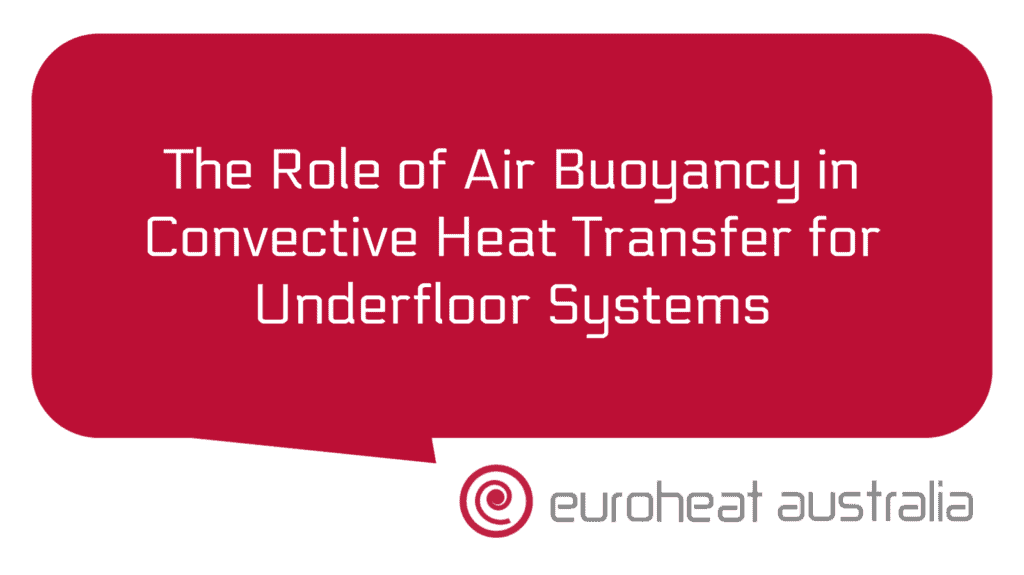When it comes to heating a heritage or historic building, you need to select your radiators carefully. It’s important to choose ones that not only suit the existing decor, but also provide an efficient and cost-effective heating solution. To help you make the right choice, here are some tips on what to consider.
First of all, think about the size and shape of your radiator. If you are trying to keep with the traditional look of a historic building, you should select a model that is in proportion with the rest of the furniture and walls. It may be tempting to choose something more modern or contemporary, but this could look out of place and take away from the overall aesthetic.
Next, consider how much heat output you require from each radiator. You can easily calculate this by measuring each room’s dimensions and then multiplying this by 50W per square metre for most radiators (75W for larger rooms). This will give you an indication of how many radiators you need and their required size or power output in watts/BTUs.
You also need to think about how much energy efficiency your radiators offer – especially if your building has high ceilings or large windows which can cause heat loss more quickly. Many older models are inefficient as they use convection currents which can lead to large temperature variations throughout your home and wasted energy costs. Newer, more efficient models are designed with improved air flow systems which will help maintain a consistent temperature throughout your building as well as reduce energy bills in the long run – plus they usually come with longer warranties too!
Finally, don’t forget about design features such as valves or thermostats to control temperatures easily – these can help save even more money on energy bills in the long run!
The experts at Euroheat Australia have over 30 years experience in designing and constructing hydronic heating & cooling systems for heritage & historic buildings across Perth and beyond. Their team of engineers can advise on the best type of radiator for your needs – whether it be traditional cast iron or modern aluminium – as well as helping calculate the required size and heat output needed for each room. They also offer design services so that any new radiators match perfectly with existing decor without compromising on efficiency or cost savings.
In summary, when choosing radiators for a heritage or historic property it is important to consider factors such as size & shape, power output & efficiency levels as well as additional features like valves & thermostats before making a final decision. By using Euroheat Australia’s design & installation services you can be sure that both form and function have been taken into consideration when selecting suitable radiators for your property – saving time, money and energy in the process!





